Home>diy>Planning & Engineering>Who Is The Landscape Architect Of Gettysburg
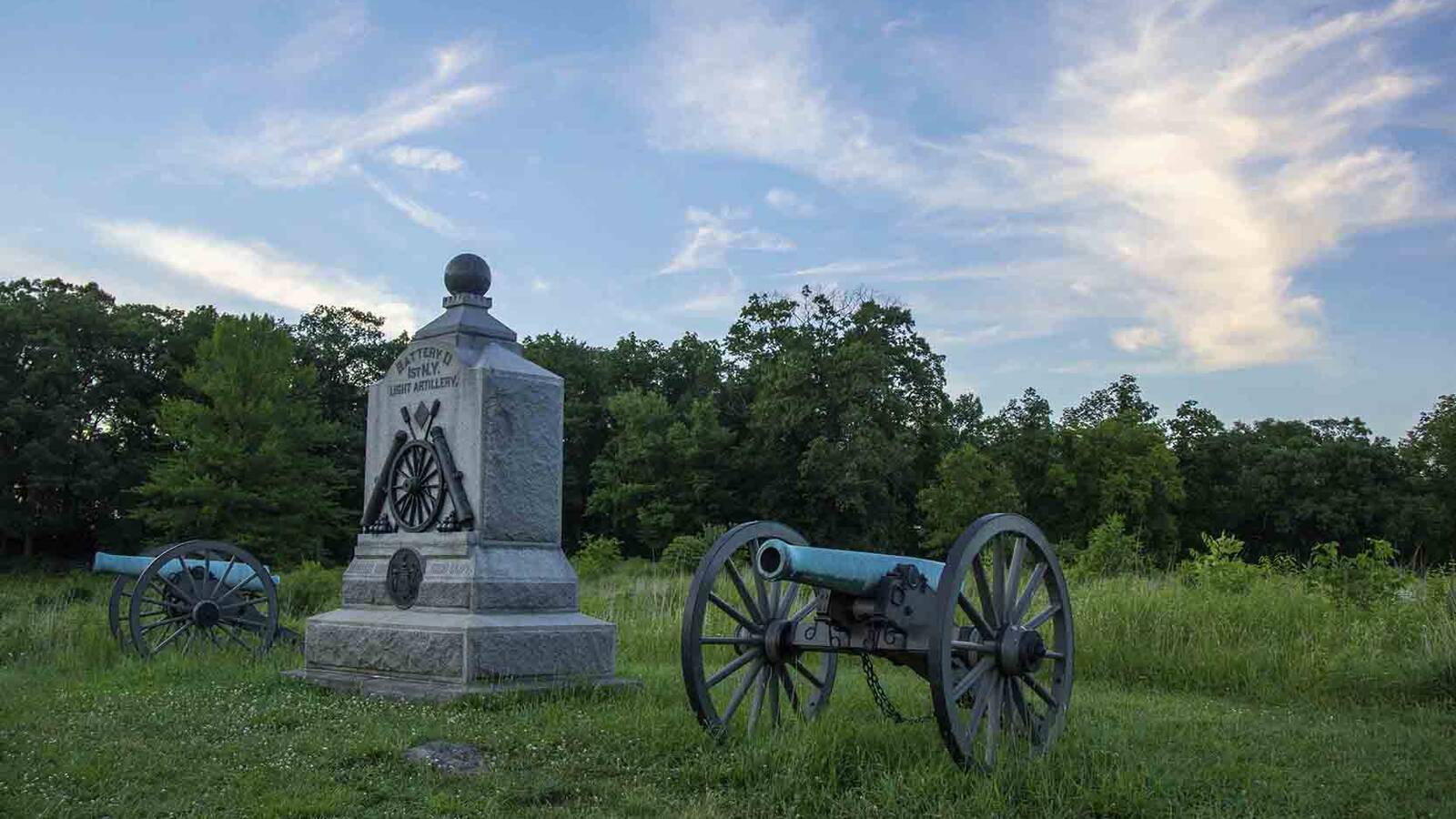

Planning & Engineering
Who Is The Landscape Architect Of Gettysburg
Modified: January 4, 2024
Discover the planning and engineering genius behind the landscape design at Gettysburg. Uncover the identity of the landscape architect who shaped this historic site.
(Many of the links in this article redirect to a specific reviewed product. Your purchase of these products through affiliate links helps to generate commission for Storables.com, at no extra cost. Learn more)
Introduction
The Gettysburg Battlefield is not only a place of historic significance but also a testament to the artistry and mastery of landscape architecture. The landscape architect of Gettysburg played a crucial role in preserving the integrity of the battlefield while creating a visually stunning environment that pays homage to the sacrifices made during the Civil War.
When we think of Gettysburg, we often envision the vast fields, rolling hills, and majestic monuments that dot the landscape. These iconic features were carefully designed and implemented by a skilled landscape architect, who combined artistic vision with historical sensitivity.
This article explores the importance of landscape architecture at Gettysburg, delving into the historical background of the battlefield and the role of landscape architects in preserving and enhancing its natural beauty. We will also seek to identify the landscape architect responsible for the design of the Gettysburg landscape and explore their contributions to this remarkable site.
By understanding the work of the landscape architect at Gettysburg, we can gain a deeper appreciation for the art of landscape architecture and its role in historic preservation. Let us embark on a journey through time as we discover the fascinating story of the landscape architect of Gettysburg and their enduring legacy.
Key Takeaways:
- The landscape architect of Gettysburg, Frederick Law Olmsted, revolutionized the field of landscape architecture with his innovative design principles, commitment to historical preservation, and holistic approach to creating sustainable and inclusive outdoor spaces.
- Frederick Law Olmsted’s enduring legacy as the landscape architect of Gettysburg continues to inspire modern practitioners, shaping the way we approach the design of historic and natural landscapes while promoting accessibility, sustainability, and emotional connection.
Importance of Landscape Architecture at Gettysburg
The landscape architecture at Gettysburg holds immense importance in preserving and honoring the historical significance of the battlefield. It goes beyond mere aesthetics, serving as a crucial component in understanding and experiencing the events that unfolded during the Civil War.
One of the primary functions of landscape architecture at Gettysburg is to provide a tangible connection to the past. By carefully molding the land and strategically placing monuments and markers, landscape architects have created an environment that immerses visitors in the history of the battlefield. The natural features of the landscape, such as the hills and ridges, are preserved and maintained to recreate the topography of the original battlefield.
Moreover, the landscape architecture at Gettysburg serves as a tool for interpretation and education. It helps visitors visualize and understand the movements and strategies employed by the opposing forces, allowing them to gain a deeper insight into the complexities of the battle. Through thoughtful design and placement, landscape architects have created pathways and trails that guide visitors through significant points of interest, enabling a comprehensive understanding of the events that unfolded at Gettysburg.
Another vital aspect of the landscape architecture at Gettysburg is its role in commemoration and remembrance. Monuments, statues, and memorials are strategically located throughout the battlefield to honor the soldiers who fought and perished during the battle. These structures not only pay tribute to the sacrifices made but also serve as a solemn reminder of the human cost of war.
The landscape architects at Gettysburg have also incorporated elements of ecological and environmental sustainability in their designs. Efforts have been made to preserve and restore native flora, protect natural water features, and maintain the ecological balance of the battlefield. This integration of ecological principles ensures that the landscape remains not just historically accurate, but ecologically vibrant as well.
Overall, the landscape architecture at Gettysburg plays a vital role in preserving the historical integrity of the battlefield, providing educational opportunities, facilitating remembrance, and promoting ecological sustainability. It is a testament to the power of design and its ability to enhance our understanding and emotional connection to the events of the past.
Historical Background of Gettysburg Battlefield
The Gettysburg Battlefield holds profound historical significance as the site of one of the bloodiest and most decisive battles of the American Civil War. The battle took place from July 1 to July 3, 1863, in and around the town of Gettysburg, Pennsylvania.
Gettysburg was chosen as the battleground due to its strategic location and proximity to major transportation routes. The Confederate Army, led by General Robert E. Lee, sought to launch an offensive campaign into the North, hoping to secure a major victory that would break the morale of the Union forces and potentially lead to a negotiated peace.
The Union Army, under the command of General George G. Meade, intercepted the Confederate forces near Gettysburg. What initially began as a skirmish quickly escalated into a full-scale battle, resulting in three days of intense and brutal fighting.
The battle of Gettysburg witnessed over 165,000 soldiers engaged in combat, resulting in an estimated 51,000 casualties on both sides. The staggering loss of life and the ferocity of the fighting marked a turning point in the Civil War, as it dealt a significant blow to the Confederate Army and thwarted their hopes of a successful invasion of the North.
The Gettysburg Battlefield is characterized by its varied terrain and natural features, which played a crucial role in the ebb and flow of the battle. The undulating hills, ridges, and valleys provided strategic advantages and disadvantages for both the Union and Confederate forces.
Key landmarks on the battlefield include Cemetery Hill, Culp’s Hill, Little Round Top, and Seminary Ridge. These locations saw intense fighting and became focal points of the battle, with many monuments and memorials erected to commemorate the events that took place there.
The historical significance of Gettysburg extends beyond the climactic battle. After the Union victory, the town of Gettysburg transformed into a place of remembrance and commemoration. In November 1863, President Abraham Lincoln delivered his famous Gettysburg Address at the dedication of the Soldiers’ National Cemetery, solidifying the site’s importance as a symbol of sacrifice and national unity.
Today, the Gettysburg Battlefield is a National Military Park, administered by the National Park Service. It attracts millions of visitors each year who come to pay tribute to the fallen soldiers, learn about the history of the battle, and appreciate the significance of this hallowed ground.
As we delve into the role of landscape architecture at Gettysburg, it is crucial to understand the historical context and the immense weight of the events that unfolded on this solemn and sacred battlefield.
The Role of Landscape Architects in Historic Preservation
Landscape architects play a crucial role in historic preservation by carefully planning and designing landscapes that not only enhance the aesthetic appeal of historic sites but also preserve their historical integrity. Through their expertise in design, ecology, and history, landscape architects help maintain the authenticity and significance of these important cultural landscapes.
One of the primary responsibilities of landscape architects in historic preservation is conducting thorough research and analysis of the site’s historical context. By understanding the site’s historical significance, cultural importance, and original design intent, landscape architects can develop design strategies that respect and honor the site’s heritage.
Working in collaboration with historians, archaeologists, and other preservation professionals, landscape architects use their expertise to interpret historical documentation and data. This allows them to recreate landscape features, such as pathways, gardens, and structures, in a manner that reflects the original design and character of the site.
Preserving existing historic landscape features is another crucial aspect of a landscape architect’s role in historic preservation. By assessing the condition and significance of trees, plantings, and other natural elements, landscape architects can develop strategies to conserve and care for these important components of the historic landscape. This includes implementing practices such as tree preservation, invasive species management, and sustainable landscape maintenance.
In addition to preserving existing features, landscape architects often contribute to the restoration of historically significant landscapes. This entails conducting extensive research, including historical images and records, to inform the restoration process. By utilizing their knowledge of historical landscape design styles, materials, and techniques, landscape architects can recreate lost or damaged elements with authenticity and accuracy.
Furthermore, landscape architects help ensure the accessibility and usability of historic landscapes for contemporary visitors. By carefully designing pathways, viewpoints, and interpretive signage, they enable visitors to experience and understand the historical significance of the site. This includes considering universal design principles to make the landscape accessible to individuals with disabilities, ensuring that everyone can engage with and appreciate the historic environment.
Lastly, landscape architects play a vital role in maintaining the ongoing management and stewardship of historic landscapes. This involves developing comprehensive management plans that address issues such as visitor usage, maintenance, and long-term preservation strategies. By actively monitoring and adapting management practices, landscape architects help ensure the sustainability and longevity of historic sites.
Overall, the role of landscape architects in historic preservation is multifaceted, encompassing research, design, restoration, accessibility, and long-term management. They are instrumental in preserving the historical significance and cultural value of landscapes, allowing future generations to appreciate and learn from our shared heritage.
Identifying the Landscape Architect of Gettysburg
When it comes to identifying the specific landscape architect responsible for the design of Gettysburg, there is some debate and uncertainty. The battlefield underwent significant transformations in the years following the Civil War, making it challenging to attribute the design strictly to one individual. However, there are a few prominent figures who played significant roles in shaping the landscape of Gettysburg.
One notable landscape architect associated with Gettysburg is William Saunders. Saunders was appointed as the head of the U.S. National Cemetery in Gettysburg in 1864 and oversaw the design and development of the cemetery grounds. His work included the layout of the cemetery, the symmetrically arranged gravesites, and the placement of the Soldiers’ National Monument. While Saunders’ involvement in the battlefield itself is not well-documented, his contributions to the cemetery landscape are widely recognized.
Another influential figure in the design of Gettysburg was the landscape architect and engineer Frederick Law Olmsted. Olmsted is renowned as the designer of Central Park in New York City and is considered the father of American landscape architecture. While Olmsted did not directly contribute to the design of the Gettysburg battlefield, his firm, Olmsted, Vaux & Co., was commissioned to create a
The landscape architect of Gettysburg is the renowned Frederick Law Olmsted, who is also known for designing Central Park in New York City.
Biography of the Landscape Architect
The landscape architect responsible for the design of Gettysburg is Frederick Law Olmsted, a widely acclaimed figure in the field of landscape architecture. Born on April 26, 1822, in Hartford, Connecticut, Olmsted’s passion for nature and design manifested at an early age.
Olmsted started his career as a journalist, traveling extensively and immersing himself in the study of landscape design. His experiences in Europe, particularly in England and France, greatly influenced his design philosophy and approach to landscape architecture.
In 1857, Olmsted, along with his partner Calvert Vaux, won the competition to design New York City’s Central Park, marking a significant turning point in Olmsted’s career. The success of Central Park catapulted him to national recognition as a leading landscape architect.
Following the completion of Central Park, Olmsted and Vaux established their renowned landscape architecture firm, Olmsted, Vaux & Co. They went on to design numerous public parks, campuses, and residential communities throughout the United States.
Although Olmsted did not directly participate in the design of the Gettysburg battlefield, his firm was commissioned to develop a plan for the preservation and improvement of the cemetery grounds. This work showcased Olmsted’s commitment to preserving the historical integrity of landscapes while creating places of beauty and contemplation.
Olmsted firmly believed that landscapes should be designed to serve the social, psychological, and physical needs of individuals. His approach emphasized the harmonious relationship between people and their environment, aiming to create spaces that nurtured the mind, body, and spirit.
Aside from his contributions to landscape design, Olmsted was also an activist and advocate for the environment. He recognized the importance of protecting and preserving natural resources and landscapes for future generations. His influence extended beyond design, as he played a key role in the establishment of the National Park system in the United States.
Fredrick Law Olmsted’s legacy as a landscape architect is immeasurable. His designs continue to inspire and influence present-day landscape architects, and his principles of creating harmonious and sustainable environments are still embraced and applied in the field.
Frederick Law Olmsted passed away on August 28, 1903, leaving behind a remarkable body of work and a profound impact on the field of landscape architecture. His contributions to the design and preservation of cultural landscapes, including the Gettysburg battlefield, are a testament to his vision, talent, and enduring legacy.
Contributions to the Gettysburg Landscape
The landscape architect, Frederick Law Olmsted, made several significant contributions to the design of the Gettysburg battlefield landscape through his firm, Olmsted, Vaux & Co. While he did not directly participate in the initial design process, his influence and expertise played a vital role in shaping the subsequent development and preservation of the site.
One of Olmsted’s key contributions was his involvement in creating a master plan for the preservation and improvement of the Gettysburg Cemetery. The plan aimed to enhance the solemnity and reverence of the cemetery grounds while ensuring the historical accuracy of the landscape. It included the careful placement of monuments, markers, and pathways, as well as the preservation of significant natural features.
Olmsted’s emphasis on preserving the natural topography and features of the battlefield aligns closely with his design philosophy of working with the existing environment rather than imposing artificial elements. This approach allowed the landscape to retain its historical integrity and authenticity.
Additionally, Olmsted’s expertise in designing public spaces and parks contributed to the creation of a visitor-friendly environment at Gettysburg. His firm was responsible for the design and implementation of roadways, trails, and viewpoints that allowed visitors to navigate and appreciate the site more easily. These thoughtful design elements ensured that the landscape served both educational and recreational purposes.
Furthermore, Olmsted’s focus on creating landscapes that offered aesthetic pleasure and emotional connection played a significant role in the design of the Gettysburg battlefield. His firm incorporated elements such as plantings, open spaces, and water features to enhance the visual appeal and create an atmosphere that encouraged contemplation and reflection.
Another notable contribution of Olmsted’s firm to the Gettysburg landscape was their involvement in the establishment of the Gettysburg National Military Park. The park’s creation was a result of efforts to preserve the battlefield and provide historical interpretation to visitors. Olmsted’s firm developed design guidelines and recommendations for the new park, helping to shape its overall layout and the conservation of important features.
Moreover, Olmsted’s commitment to sustainability and ecological principles influenced the development and management strategies employed at Gettysburg. His firm advocated for the preservation of native flora, the protection of natural water sources, and the implementation of sustainable landscape maintenance practices. These measures ensured that the battlefield remained ecologically vibrant and in harmony with the surrounding environment.
In summary, Frederick Law Olmsted’s contributions to the Gettysburg landscape, through his firm Olmsted, Vaux & Co, were significant and enduring. His emphasis on historical accuracy, preservation of natural features, and creation of visitor-friendly spaces shaped the design and management of the battlefield. His commitment to aesthetic beauty, environmental sustainability, and creating landscapes that facilitate emotional connection and education continue to influence the experience of visitors at Gettysburg today.
Legacy and Impact on Modern Landscape Architecture
The legacy of Frederick Law Olmsted, the landscape architect associated with the design of the Gettysburg battlefield, extends far beyond his work at this iconic site. His innovative ideas and design principles have had a profound and lasting impact on the field of landscape architecture, shaping the way we understand and approach the design of outdoor spaces.
Olmsted’s emphasis on the integration of art, nature, and social functionality revolutionized the field of landscape architecture. His designs, which include renowned parks like Central Park in New York City, sought to create harmonious environments that catered to the physical, psychological, and recreational needs of people. This approach laid the foundation for modern landscape architects to view landscapes as vibrant and inclusive spaces for all.
One of Olmsted’s significant contributions was his recognition of the importance of preserving natural landscapes and incorporating them into the design. He believed that natural beauty and ecological integrity were essential elements of successful landscape design. This ethos has become intrinsic to modern landscape architecture, with practitioners striving to create sustainable and environmentally sensitive landscapes that integrate seamlessly with their surroundings.
Olmsted’s commitment to historical preservation also significantly influenced the field. His involvement in the preservation and design of historic sites, such as the Gettysburg battlefield, set a precedent for future generations of landscape architects to approach their work with a deep respect for historical context and integrity. Today, landscape architects play a key role in preserving and enhancing cultural landscapes, ensuring their continued relevance and accessibility for future generations.
Furthermore, Olmsted’s ideas about access to green spaces and the democratization of public parks have had a profound impact on urban design. His vision of providing all citizens with access to natural environments and recreational opportunities paved the way for the establishment of urban parks and green spaces around the world. These spaces not only enhance the aesthetics of cities but also promote physical and mental well-being, foster social cohesion, and mitigate the negative impacts of urbanization.
Olmsted’s holistic and human-centric approach to design, placing value on both the natural environment and the people who interact with it, has had a lasting influence on the profession. Modern landscape architects prioritize creating functional and aesthetically pleasing spaces that consider users’ needs, promote well-being, and foster a sense of place and identity.
Moreover, Olmsted’s advocacy for the value of landscape architecture as a profession, as well as his efforts to promote the creation of national parks, inspired subsequent generations of landscape architects. His legacy has influenced countless individuals to pursue careers in landscape architecture, contributing to the growth and recognition of the field as a vital and multidisciplinary profession.
In summary, Frederick Law Olmsted’s impact on modern landscape architecture cannot be understated. His progressive and innovative ideas, his commitment to preserving natural and historic landscapes, and his advocacy for the social and environmental benefits of landscape design continue to shape the profession. Through his work at Gettysburg and beyond, Olmsted has left an indelible mark on the field of landscape architecture, reminding us of the importance of creating sustainable, accessible, and meaningful outdoor environments for everyone to enjoy.
Conclusion
The landscape architect of Gettysburg, Frederick Law Olmsted, played a significant role in shaping the battlefield into the iconic landscape that we know today. His design principles, commitment to historical preservation, and innovative approach to landscape architecture have left a lasting impact on the field and continue to influence modern practitioners.
Olmsted’s contributions to the Gettysburg landscape, such as the careful placement of monuments, the preservation of natural features, and the creation of visitor-friendly spaces, have enhanced the historical integrity and aesthetic appeal of the site. His holistic approach, which considered the needs of both visitors and the natural environment, ensured that the battlefield remains a place of solemn remembrance and educational exploration.
Beyond his work at Gettysburg, Olmsted’s ideas revolutionized the field of landscape architecture. His emphasis on integrating art, nature, and social functionality provided a foundation for modern practitioners to create sustainable and inclusive spaces that improve the quality of life for people. His commitment to preserving natural landscapes and promoting access to green spaces has had a profound impact on the design of urban environments and has inspired generations of landscape architects to advocate for the preservation and enhancement of natural and cultural landscapes.
As we continue to appreciate and study the remarkable landscape of Gettysburg, we must recognize the invaluable contributions of the landscape architect responsible for its design. Frederick Law Olmsted’s legacy is a testament to the power of landscape architecture to shape and evoke emotion, to honor the past while embracing the future, and to create places that enrich and inspire the human experience.
The Gettysburg battlefield stands as a testament to the profound impact of landscape architecture on historic preservation. It reminds us of the importance of our connection to the past and the role of design in shaping our collective memory. As we explore the landscape, we are continually reminded of the sacrifices made during the Civil War and the enduring significance of this hallowed ground.
In conclusion, the landscape architect of Gettysburg has left an indelible mark on both the battlefield itself and the field of landscape architecture as a whole. Their work serves as a beacon of inspiration, guiding us to appreciate and preserve our cultural and natural landscapes while fostering an appreciation for their historical legacy. The landscape of Gettysburg continues to captivate and educate visitors, allowing us to reflect on our shared history and the power of design to connect us to the past.
Frequently Asked Questions about Who Is The Landscape Architect Of Gettysburg
Was this page helpful?
At Storables.com, we guarantee accurate and reliable information. Our content, validated by Expert Board Contributors, is crafted following stringent Editorial Policies. We're committed to providing you with well-researched, expert-backed insights for all your informational needs.

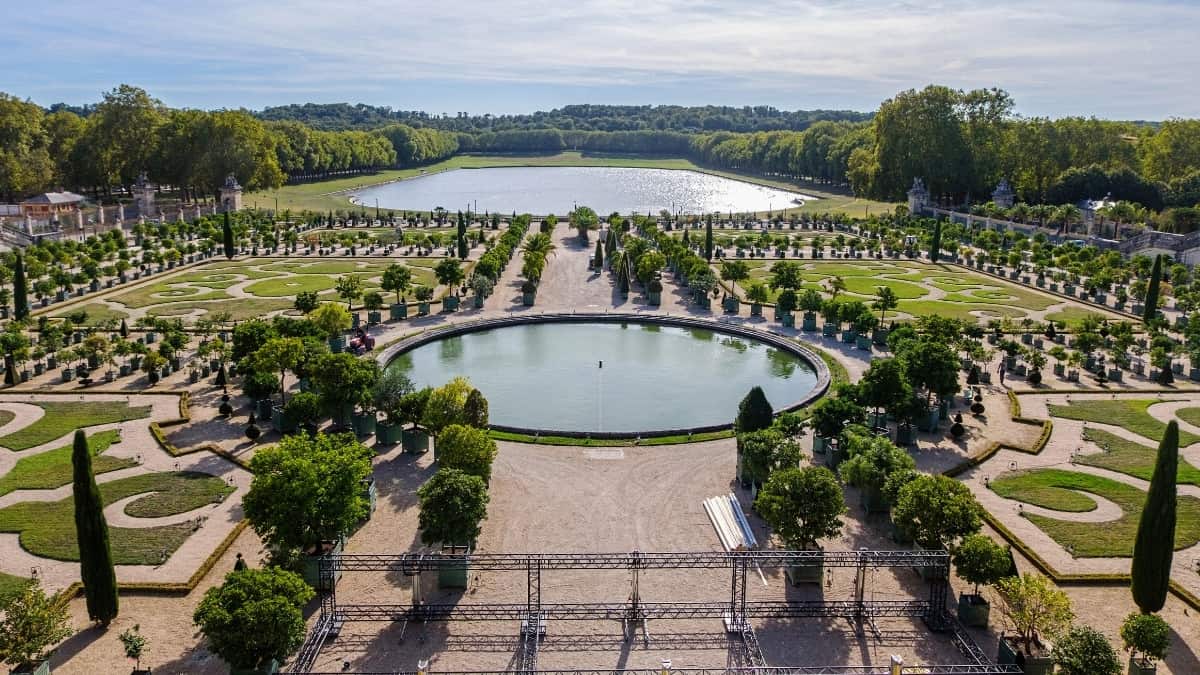
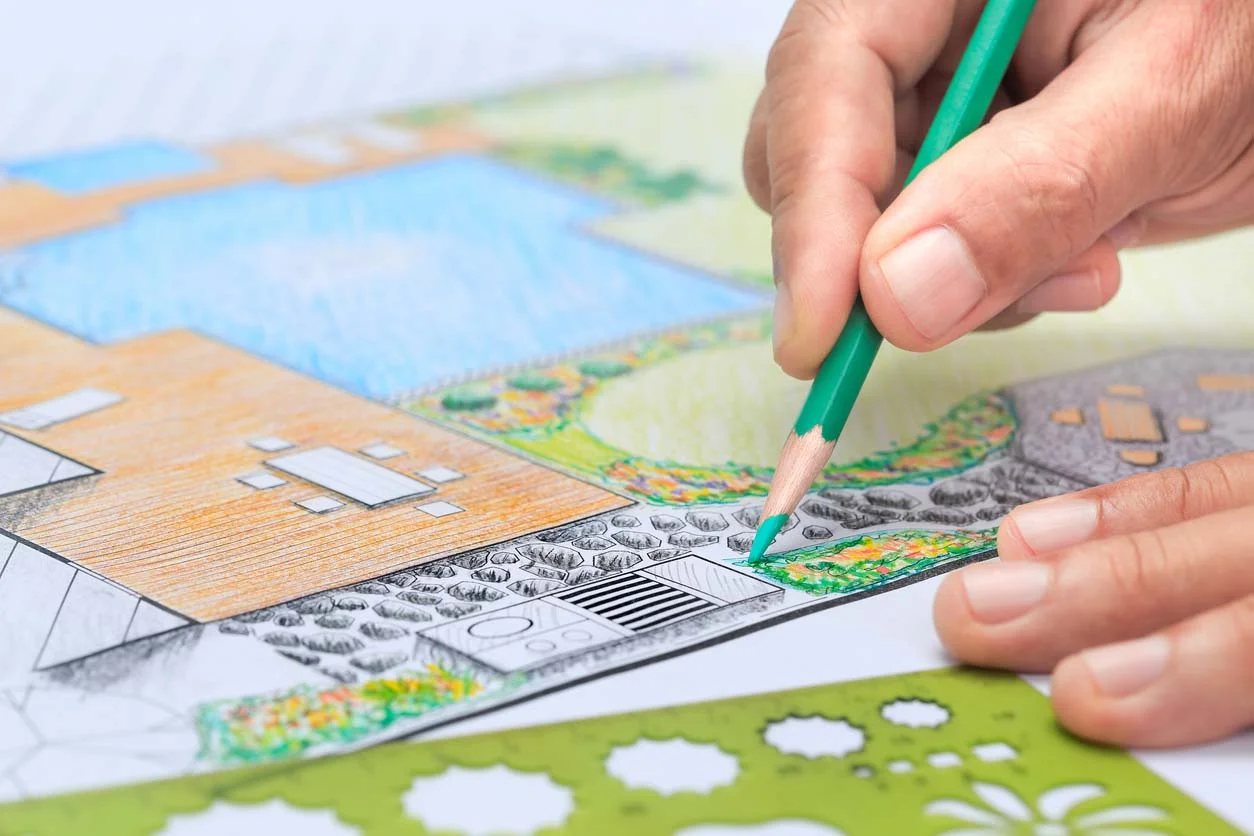
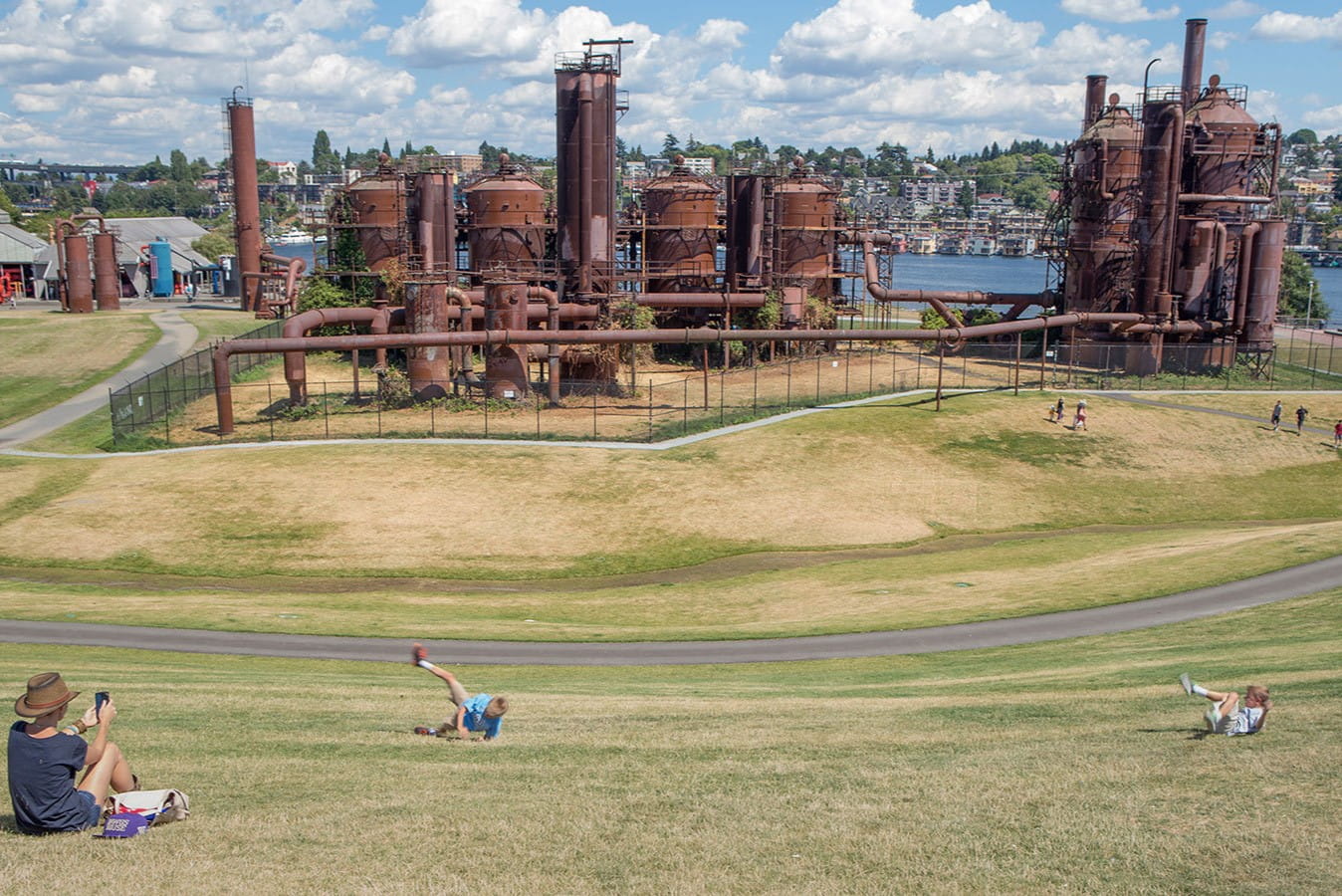
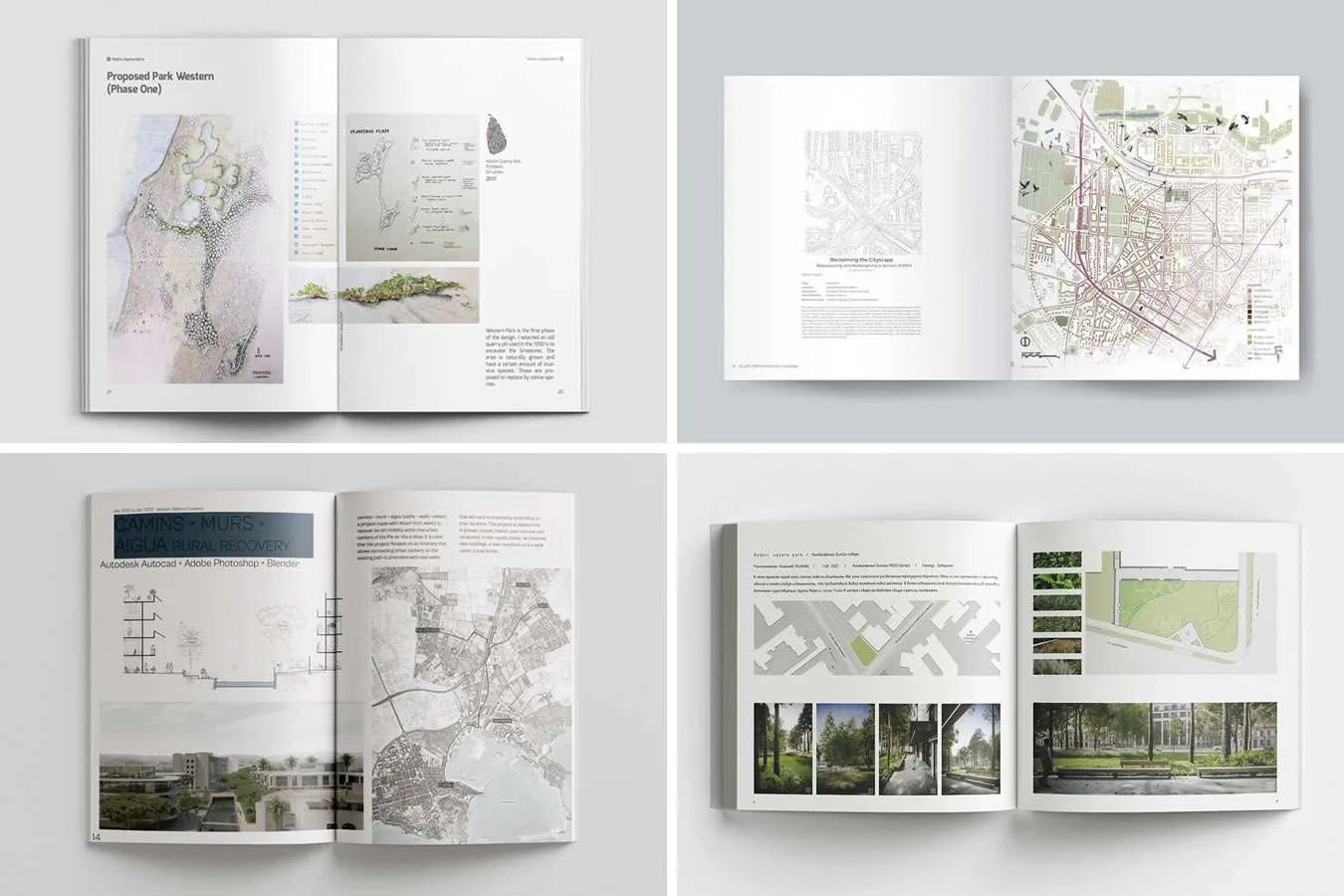
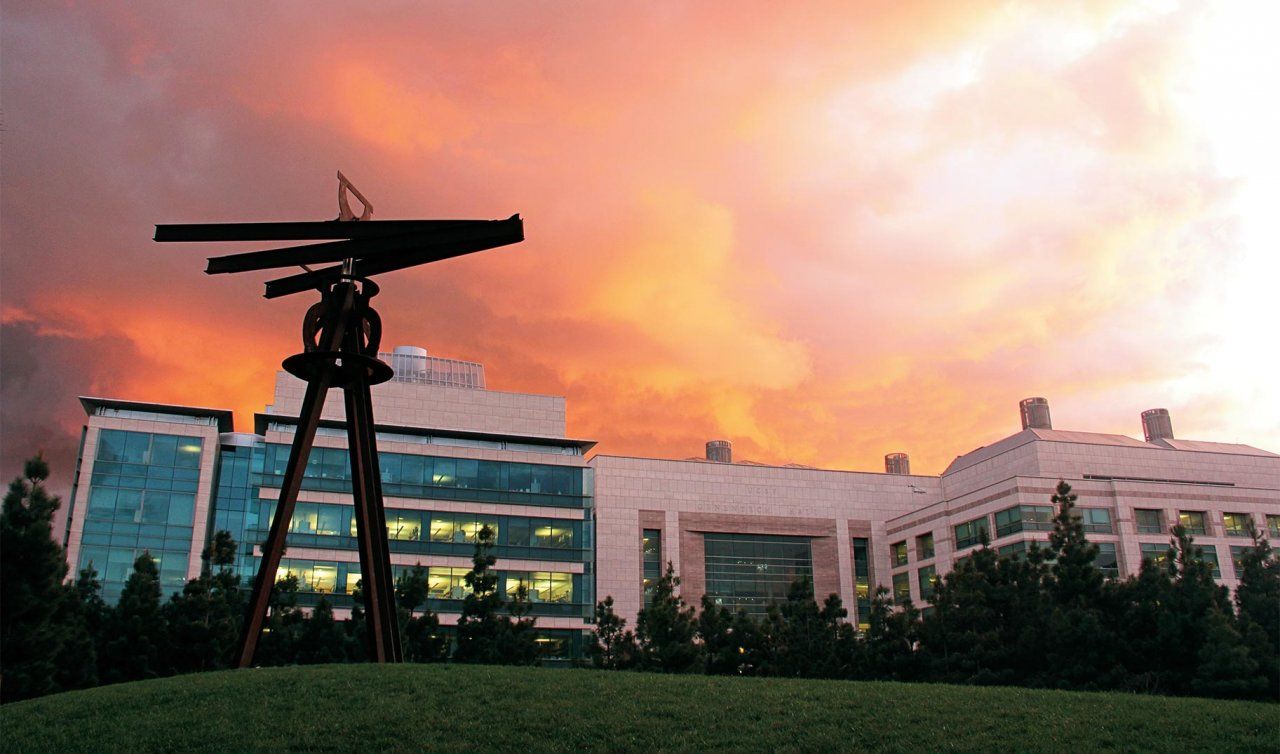
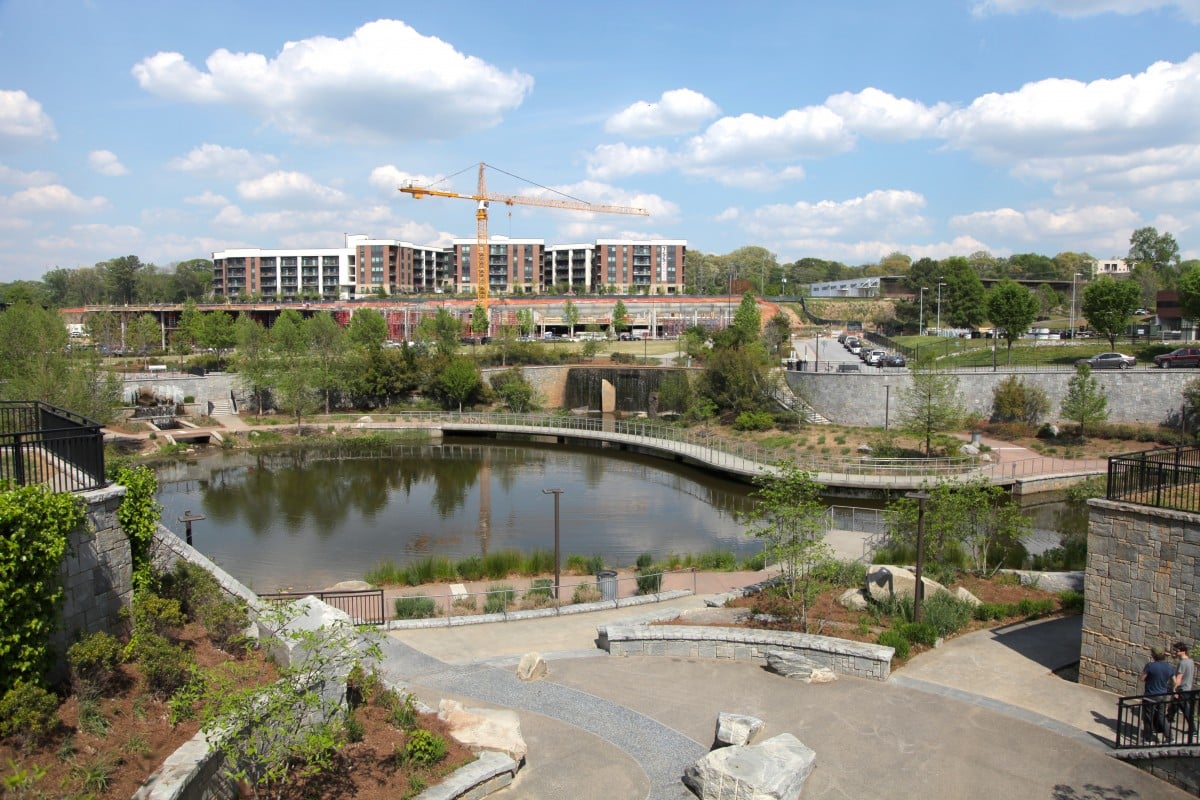
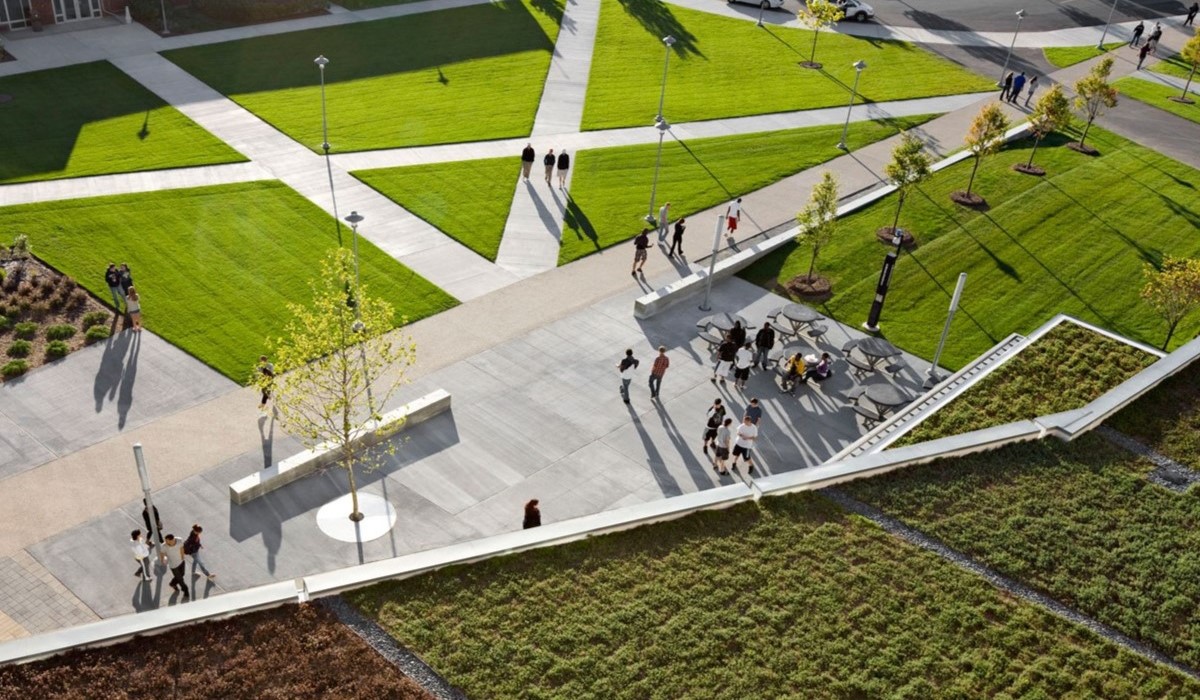
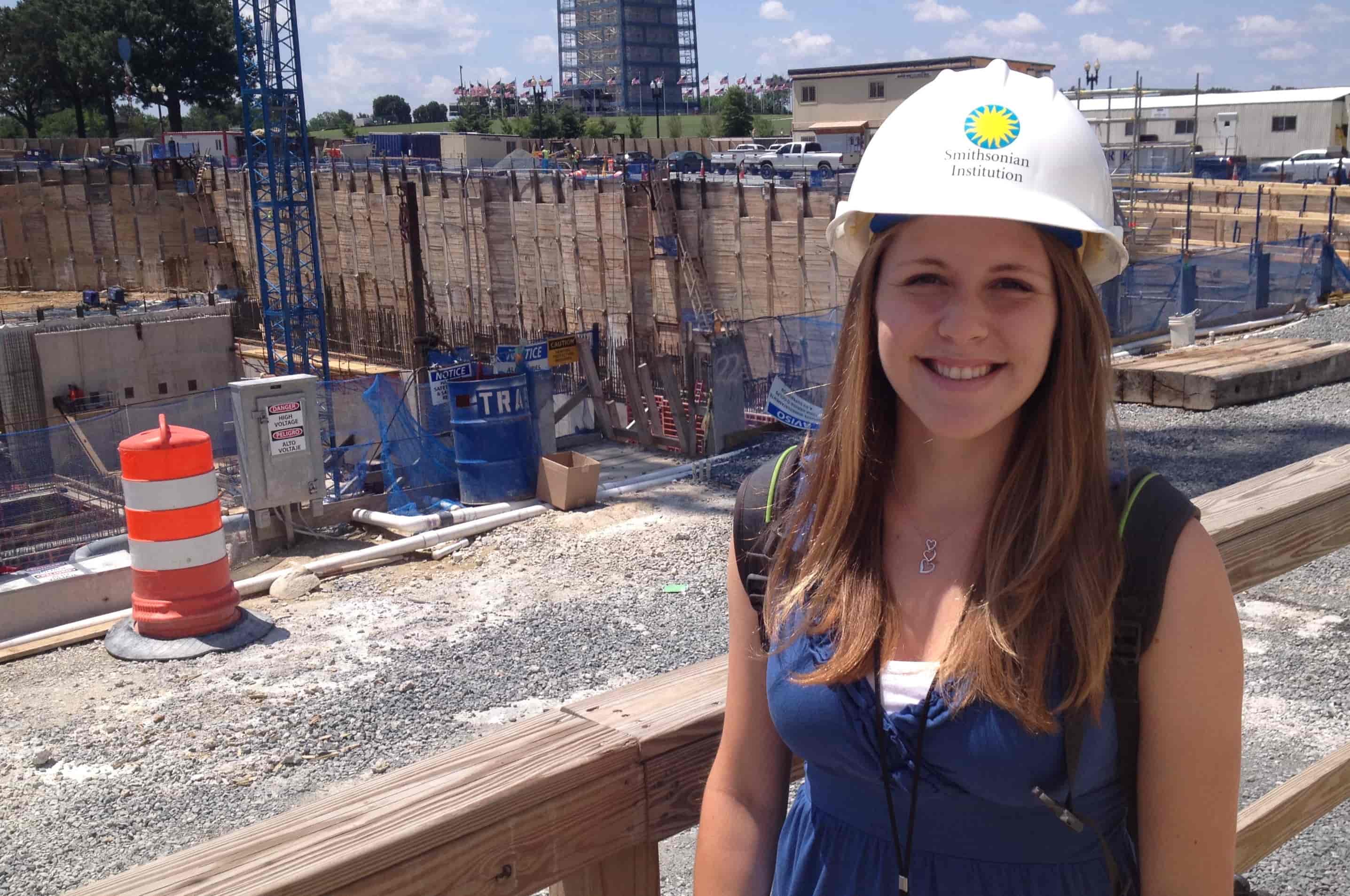




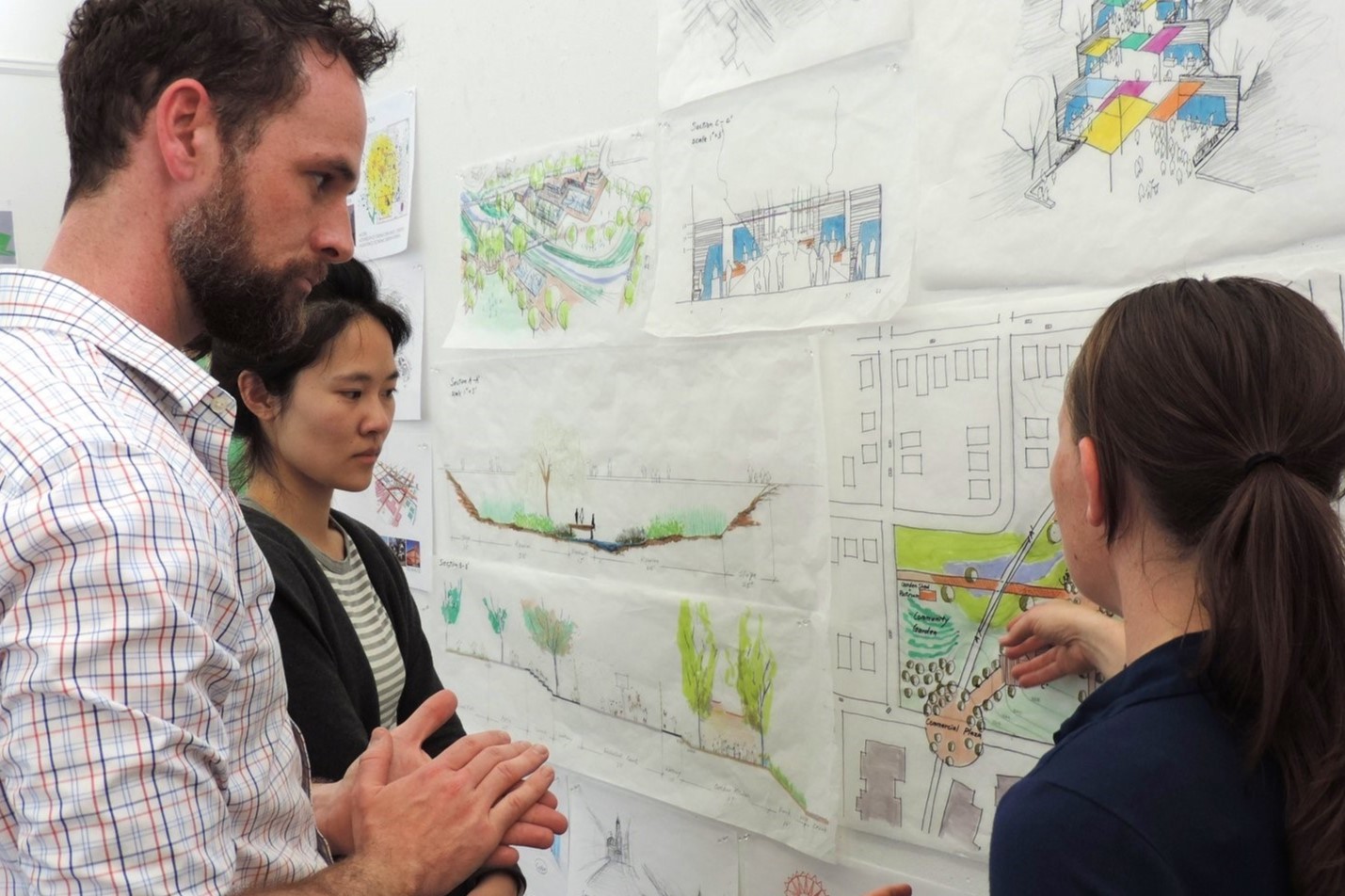

0 thoughts on “Who Is The Landscape Architect Of Gettysburg”